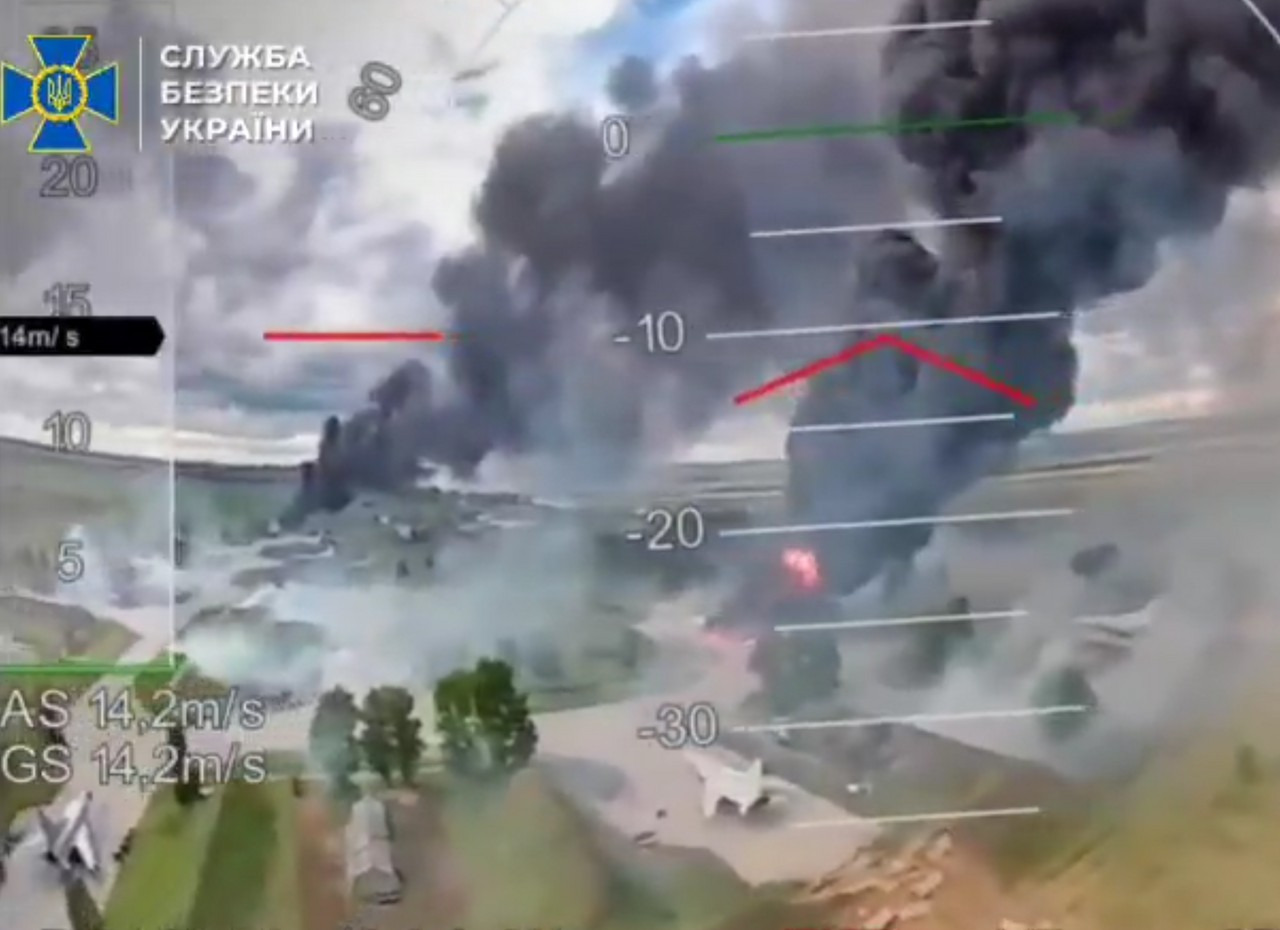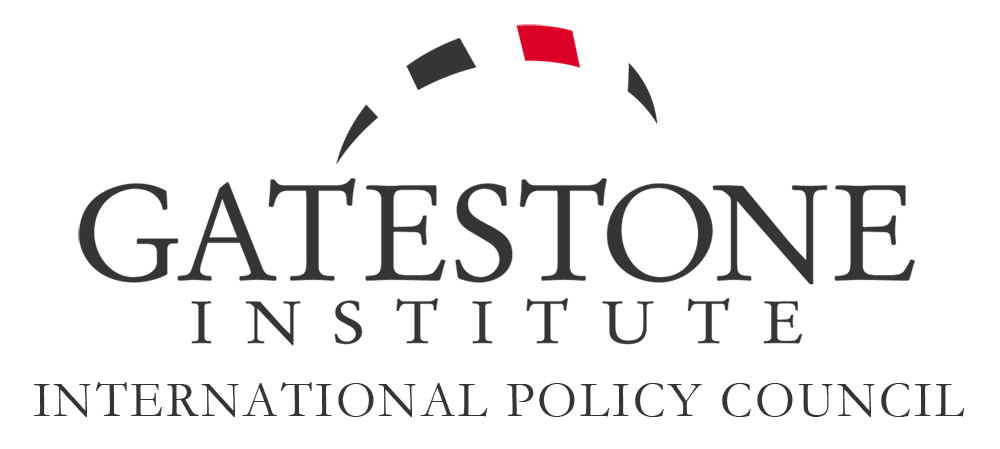
When Chinese entities began to buy up farmland near remote but strategic American military installations here in the United States, there were some of us who raised the question, Why?
Those who did so were criticized, described as paranoid, Sinophobic, and hostile to Chinese investment in America.
We might want to revisit that criticism.
Pentagon experts are looking with deep concern at the extraordinary damage done to Russia's strategic bomber force in the wake of Ukraine's recent surprise drone attack. Engaging in what is called asymmetric warfare, Ukraine used flatbed trucks, carrying shipping containers filled with cheap attack drones, driving thousands of miles to get close enough to distant Russian airbases before launching the drones and destroying as much as a third of Russia's strategic bombers.
Think David versus Goliath. But in this instance, David just had to sit outside of Goliath's yard to get the kill.
Now let us go back to those Chinese-owned farms near our American military bases.
Who actually own those properties? Are they working farms? Are they speculative investments in valuable American soil? What is in those barns? Is there a repeated pattern of foreign ownership adjacent to our military installations here in the United States? What about our overseas bases in the Pacific and Europe? Who owns what in the vicinity of our military bases, power stations, and port facilities?
Nearly 25 years ago, I authored an opinion essay regarding America's vulnerability to a radical Islamic terrorist attack that could catch us unprepared. It now seems a far-sighted observation: a short time later, the World Trade Center and the Pentagon were attacked on 9/11/2001.
The Pentagon is aware of the problem. U.S. Army General Bryan Fenton, commander of U.S. Special Operations Command, told Congress this spring. "Our adversaries use $10,000 one-way drones that we shoot down with $2 million missiles. That cost-benefit curve is upside down."
Yet the Department of Defense is not responsible for the security of military bases beyond their fence lines. As a result, who, what, and where potential threats lurk is largely based on conjecture and nightmare scenarios.
We know this much: Events such as Pearl Harbor, the Cuban missile crisis, and 9/11 have repeatedly reminded Americans that we need to expect the unexpected – or even the unimaginable – from our enemies. The problem is that we Americans have terribly short attention spans and, regretfully, little regard for remembering our own history.
The success of the stunning Ukrainian attack on Russia's airbases needs to be a wake-up call regarding the threats America faces from enemies of freedom who have equal access to weapons that allow them to be cunning, calculating and deadly effective.
Lawrence Kadish serves on the Board of Governors of Gatestone Institute.


